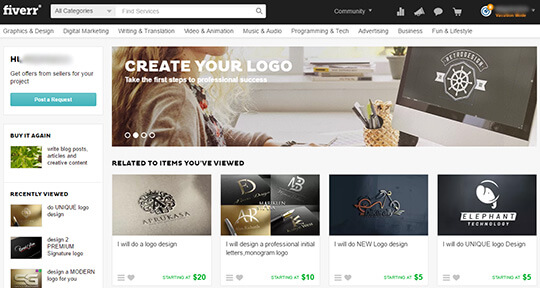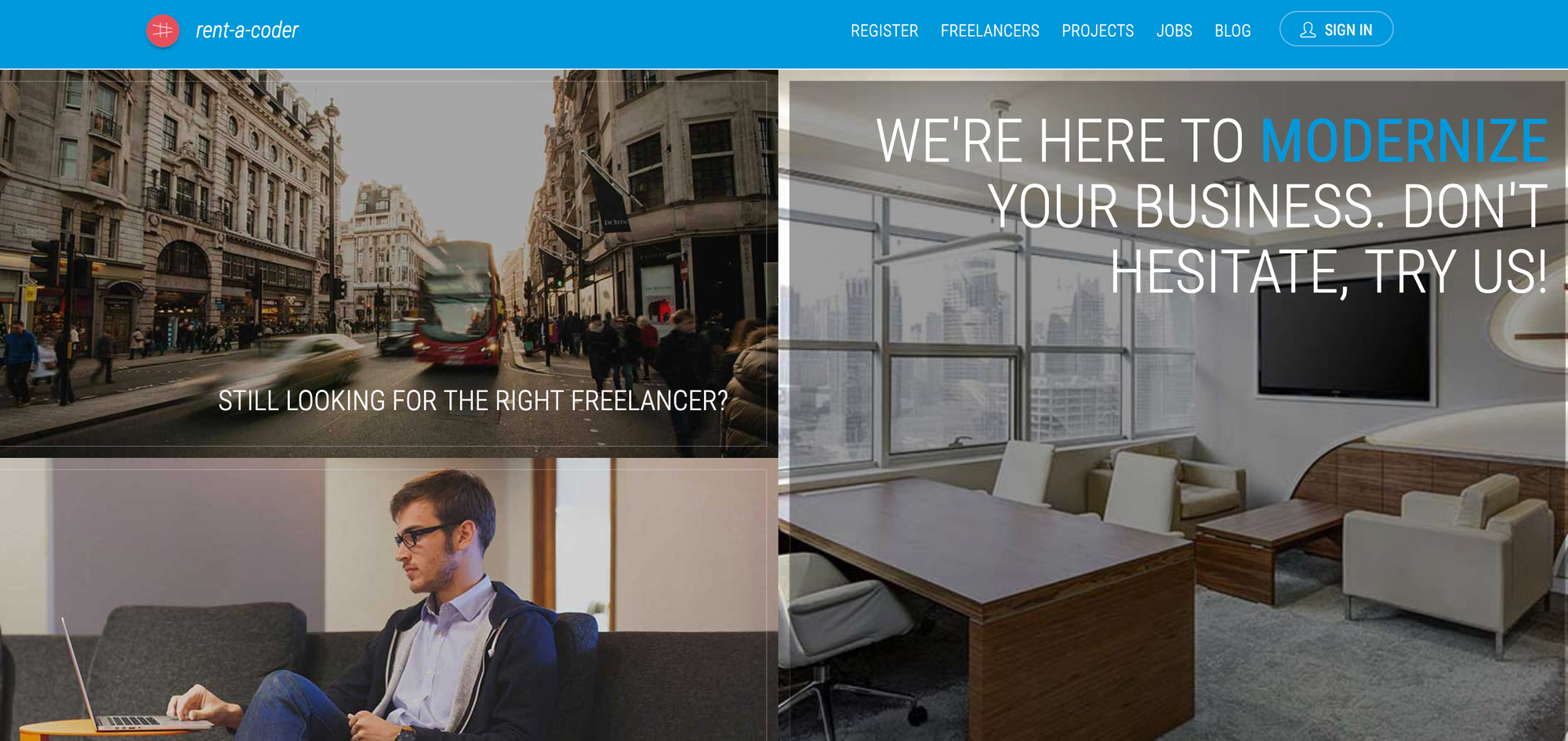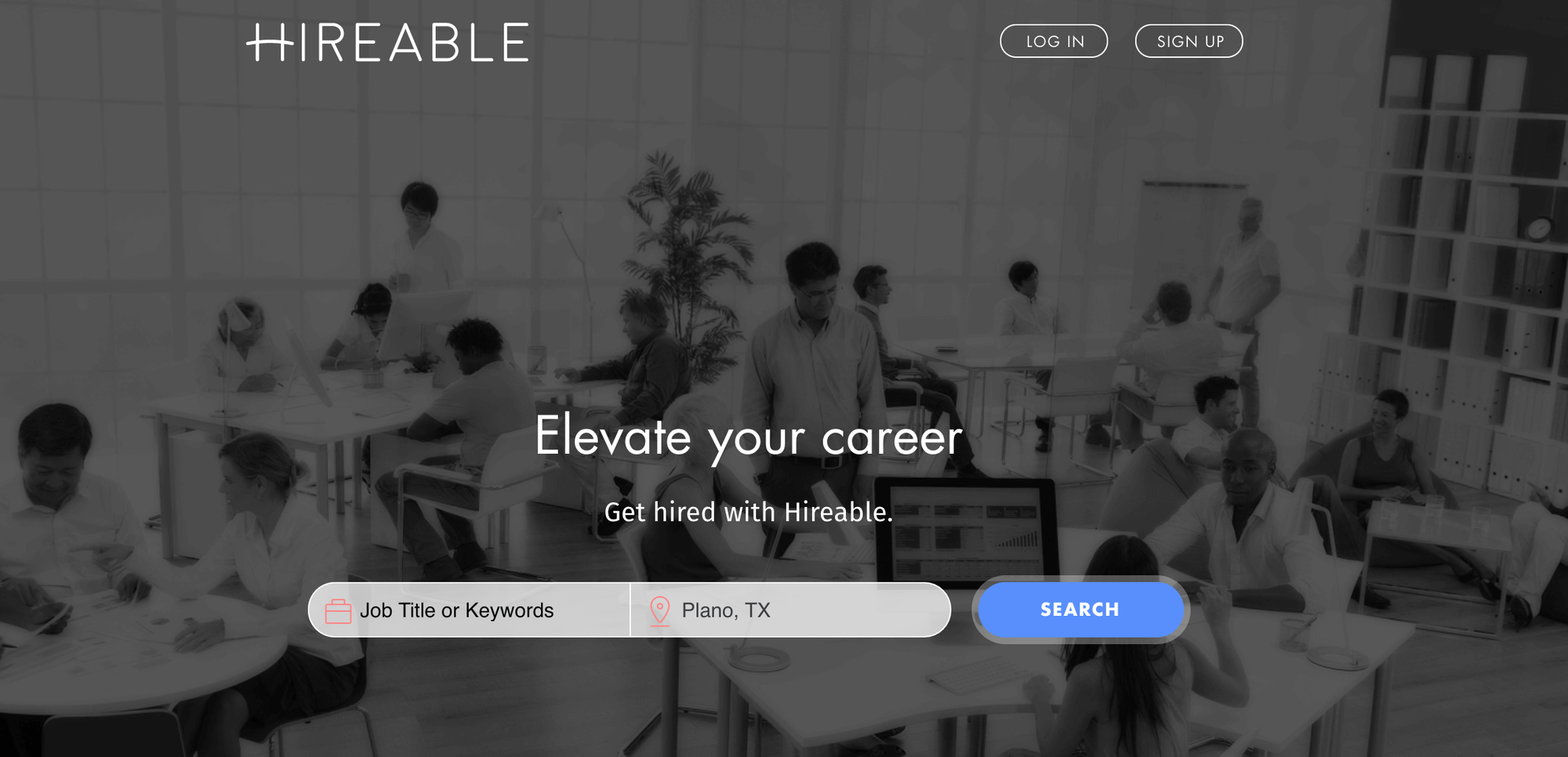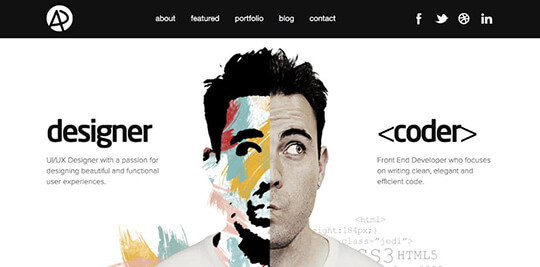Web developers need clients. This is true whether you are a full-time freelancer or you freelance on the side.
So if you've ever asked: "Where do I sell my web development services?"
Well you're in the right place. This article should give you a brief, helpful overview of your options.
Some of these tools may be relevant to you, and some of them may not be. Either way, my suggestion is for you to experiment with which is best and adapt accordingly from there.
#1: Fiverr

To those who know what Fiverr is, you may be thinking why I would add Fiverr here?
What if I told you right from the start that I've made 5 figures (USD) from Fiverr within the past 5 months?
I thought that would grab your attention :)
To those who don't know what Fiverr is, it's a platform to sell services starting from $5.
This is my honest perspective of Fiverr:
Depending on the service you offer, it will be a waste of your time if you don't know how to take advantage of the benefits.
So, this is how the Fiverr side worked:
I first looked at others in my service offering and figured out how I could stand out as a complete newbie to Fiverr.
I noticed that their main image did not look good and if they had a video, it wasn't good. So, I decided to invest in making a good video which would help me stand out.
Then I found someone on Fiverr to design a decent animation video for around $80.
Because Fiverr is all about reviews, I needed to get legitimate reviews asap to help boost my credibility, so I asked my brother and my mom to order from me and write a review for me.
Now, you may be thinking this is dodgy and not right for me to do this…
Firstly, I am being 100% open and transparent with you here and secondly, I have helped my brother and my mom with their personal websites in the past so I am not lying about it.
With that background out of the way, let's focus on the practical side:
I charged $5 for a website conversion report (I gave advice on how to improve their website).
I got three purchases (excluding my brother and mom) in total since I created my account around mid-2016. Out of the three orders, one signed up for more projects after the initial conversion report (which I'll talk about now), another gave me a tip, the last one was the strangest client ever (which I'll ignore for this article).
What's interesting is that my share of a $5 order is only $4 after Fiverr's fee which is basically a decent coffee where I stay.
If you think like most people, you would think wow… all that work for $4? Who would do that?
I would…
And I'll explain why:
Most people price their services as once-off, but I knew I could be different in this by offering higher pricing tiers for more work.
My $5 report was valuable. I really aimed to over-deliver. It was a brief 3-page overview on my suggestions to improve the overall website goal.
The next report was a $100 highly detailed action plan and UI document with a proposal of 4 figures for me to implement the action plan.
Proposal agreed and the website along with other online marketing was done.
2 months later: his sales more than quadrupled.
3 months after that: 5 more websites ordered + I'm on monthly recurring retainer + we are working on additional on-going projects.
Overall, Fivver was a great investment of my time and an excellent way to get an amazing client (and now a client-turned-friend).
Conclusion: it's not easy to stand out on such a crowded marketplace like Fiverr when you are starting out – especially when you offer a commodity service like web development. But if you think creatively about getting clients, you can make it work.
#2: Upwork

Upwork is the largest online platform in the world for freelancers (over 12 million registered).
Their top 3 services are:
- Web Development
- Mobile Development
- Design
How it works:
- Register as a freelancer
- Make a stand-out profile page (research the top 20 profiles to see what they do and do more of that)
- Get hired by a client
- Do the work
- Get paid
Read more about the process here.
#3 LinkedIn (yes - LinkedIn)

Check out Wes Bos's LinkedIn page.
According to some stats, up to 97% of recruiters use LinkedIn to find candidates.
What's interesting is the fact that only 25% of users are active on LinkedIn each month.
These stats show a good and bad thing…
Bad because it shows how few people take advantage of LinkedIn.
Good because it shows the potential there is if you are more active on LinkedIn.
Granted, just being more active doesn't mean anything if you are just doing it for the sake of being active.
Being more active should be combined with a great (updated) profile where you share ideas and resources, contribute to groups and provide your opinion on certain topics.
It's actually a bit hypocritical of me to mention this as I don't even advertise my LinkedIn profile (I will in the future), but here it is if you want to connect :)
If you need help breaking it down, check out this LinkedIn course.
PS – don't neglect your other social media profiles like Instagram, Facebook and Twitter.
#4: Freelancer

Freelancer is similar Upwork. It also has millions of users and is another popular choice for selling your services.
How it works:
- Register as a freelancer
- Make a stand-out profile page (research the top 20 profiles to see what they do and do more of that)
- Get hired by a client
- Do the work
- Get paid
Sign up for a freelancer account here.
#5: RentaCoder

RentaCoder is very similar to Upwork and Freelancer, but worth checking out.
#6: Hirable

Hirable is also similar to Upwork and Freelancer, but may be worth checking out as well.
#7: Your own Portfolio website

I left this part for last as I believe it's the most underrated.
Let's start with a scenario:
You go for an interview and you sit next to 3 other candidates waiting to get interviewed. All of you have the same college/university qualification which states that you've studied programming and you know how to code.
The most important question to ask is:
What will set you apart from the other candidates to get you the job?
Maybe how you get along with the interviewer in this case. But on paper at least you are all the same.
Now, imagine this same scenario above, but YOU have a portfolio of 3-5 websites that you've created by freelancing on the side or by creating websites for businesses and you bring this 'proof' along to the interview. You will instantly stand out from the rest of the candidates and your chance of getting the job has significantly increased.
Your portfolio is what sets you apart from everyone else and it will eventually make your qualification a piece of paper – seriously.
Bottom line is… you need a brilliant portfolio to show off what you've done.
Actionable tips to grow your portfolio:
Contact a local charity shop/restaurant/NGO/church and tell them you will create a website for them (at no charge) and just mention that this is to build your web development portfolio and to gain experience.
In exchange for the website, you'd like their permission to add it to your portfolio and you'd like a testimonial. It's a win-win for you and for them. They get a good website, and you learn more by creating more projects and you gain more experience on your portfolio which is an asset to you.
Think of this strategy as the 'liability into asset strategy', it is a liability for you because you are not getting paid and it's taking your time to create, but at the end of this process you will have an asset to your name that no one can take away from you.
Aim for at least 5 websites for your portfolio before applying for jobs. This is a good foundation to work from and it shows off your variety and skillset.
I hope you gained some insight from this article. Always remember that the best 'platform' to get clients is by letting your clients do your marketing for you.
Until next time...
- Kyle

